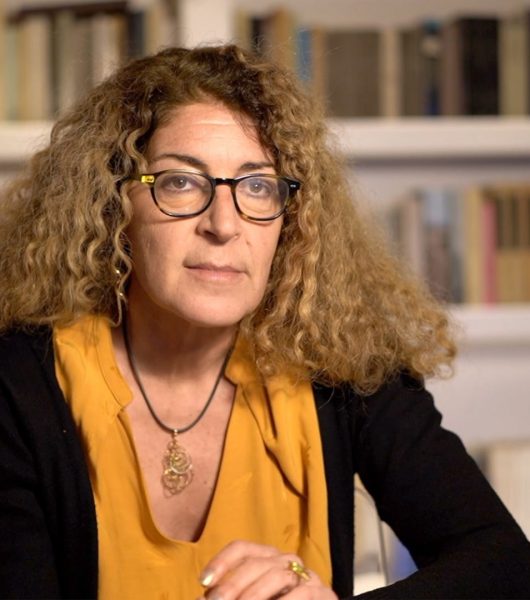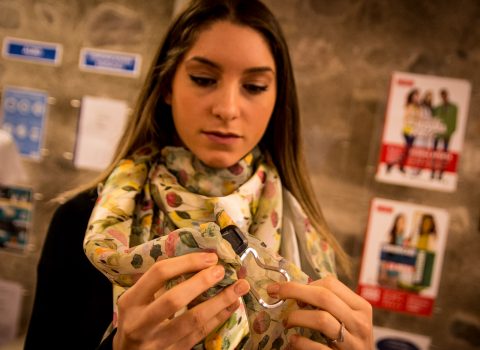
Handmaids coming out of the shadows? The professional dimension of women over the centuries
Considerations on the female professional dimension with Anna Bellavitis and Melania Mazzucco
Also this year, on the occasion of the international week dedicated to combating violence against women, the Italian-German Historical Institute at Fondazione Bruno Kessler and the Trentino Historical Museum Foundation organized a meeting entitled “A step behind: professional marginalization and violence against women”.
Even if it went virtual as dictated by the pandemic contingency, the webinar was well attended and saw thistorian Anna Bellavitis and writer Melania Gaia Mazzucco alternate at the microphone, as they discussed the topic of women’s jobs over the centuries both from the point of view of employment aimed at financial support and from that of personal fulfillment.
Professor Bellavitis gave an interesting talk on the history of work in the past centuries, which saw women struggle from a professional standpoint: up to the eighteenth century, in fact, women did not receive any training, they could not attend college and they were excluded, for example, from the seventeenth-century artisan guilds, which included or excluded them only according to their own advantage (eg: to make them pay their taxes, to avoid their competition on the market, etc.). However, women did work: in addition to taking care of the children and the house, they often helped their husbands in the shop, took care of the animals, dealt with the sale of agricultural products at the market, cultivated the land. Yet this work was not counted as such, often it was not even paid, and it certainlywas not professionalizing. The women were either somebody’s wives – who helped in business at the same time – or they were engaged in temporary jobs that were not recognized by society. They moved in the dimension of “doing” rather than in that of “being”.
Often it was their own families that hindered them, perhaps to favor their sons, closing them in a convent or relegating them to the role of wives, daughters, helpers. There are, however, some exceptions that Melania Mazzucco deemed it necessary to recover from oblivion and document with in-depth historical research that were then transposed onto the narrative level through her skilful and prolific pen. Dr. Mazzucco wanted to give voice, in her novels, to Marietta Tintoretto, daughter of the famous painter, who was a painter herself thanks to her father who supported and encouraged her; and, in particular, to the unbelievable figure of Plautilla, the protagonist of L’architettrice (The female architect, Einaudi, 2019), who also was born into art and had the opportunity to devote herself to the study of architecture – hence the title of the book – thanks to her father who supported her and helped her along her not easy path.
In some, lucky cases – these are not described in Mazzucco’s books – it was the government itself that promoted some women: we think for example of Cassandra Fedele, a fifteenth-century humanist supported by the Venetian government or Laura Bassi, theoretical physicist and natural scientist who in the eighteenth century was actively involved in the relaunch of the University of Bologna.
In this way, against the multifaceted background of the past, a series of female figures emerge who have managed to redeem themselves from the ancillary role of mere care of the home by coming out of the shadows to dedicate themselves to a profession and a beloved passion, being recognized by society in their identity as workers.
Voices often blurred in the folds of time, figures that some even consider legendary, to whom Melania Mazzucco has been able to restore their rightful place in the history of women and society.






